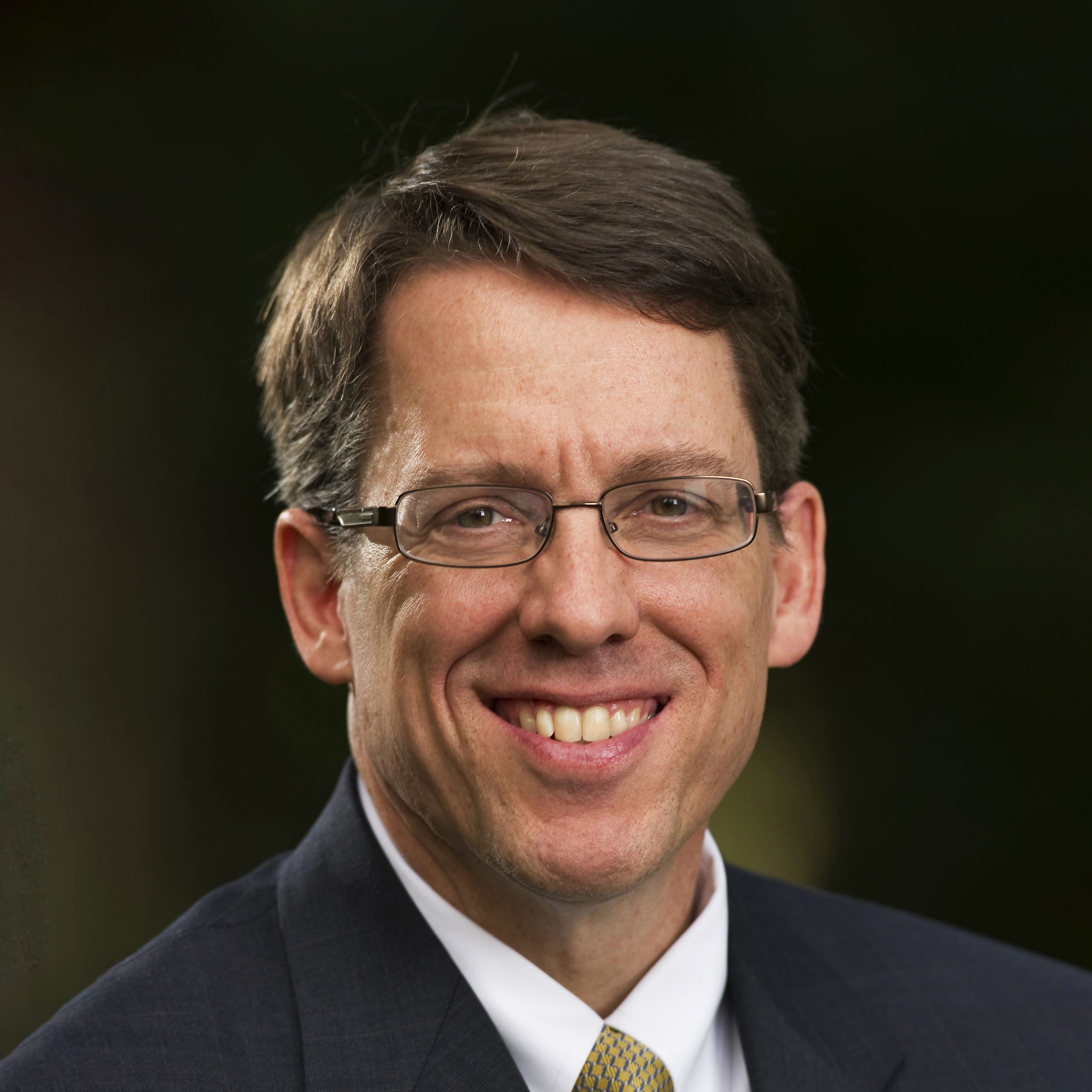Top Ten Mission Trends in the 21st Century: Rise of the Pentecostal Church
May 18th, 20108. PENTECOSTAL CHRISTIANITY IS THE FASTEST GROWING SEGMENT OF CHRISTIANITY IN THE WORLD.
 For centuries the church has thought of itself as existing in three major branches: Catholic, Protestant and Eastern Orthodox. Within each of these branches there are, of course, countless smaller orders, denominations and bodies of believers. One of the most dramatic changes during the 20th century has been the emergence of a broad spectrum of Pentecostal Christians which have grown so numerous that many are considering it a separate, fourth branch of Christianity.[1] The number of Pentecostals world-wide has now grown into a force which is numbered, not in the thousands, but in the hundreds of millions of believers (Chart Below).[2] This has not only influenced Western, Protestant Christianity, but has been a major force on the mission field, particularly in Latin America and Africa, but true to a large extent throughout the world. In Latin America, for example, Pentecostal Christianity makes up the largest segment of Protestantism which is expected to constitute one third of Latin American population by the year 2010.[3]
For centuries the church has thought of itself as existing in three major branches: Catholic, Protestant and Eastern Orthodox. Within each of these branches there are, of course, countless smaller orders, denominations and bodies of believers. One of the most dramatic changes during the 20th century has been the emergence of a broad spectrum of Pentecostal Christians which have grown so numerous that many are considering it a separate, fourth branch of Christianity.[1] The number of Pentecostals world-wide has now grown into a force which is numbered, not in the thousands, but in the hundreds of millions of believers (Chart Below).[2] This has not only influenced Western, Protestant Christianity, but has been a major force on the mission field, particularly in Latin America and Africa, but true to a large extent throughout the world. In Latin America, for example, Pentecostal Christianity makes up the largest segment of Protestantism which is expected to constitute one third of Latin American population by the year 2010.[3]
As we think about the world, we can no longer assume that Pentecostal branches of Christianity are small or that Pentecostal theology is being embraced by only marginal groups of believers. Today, many of the most vigorously growing Christian movements in the world are identifying with some aspects of Pentecostal theology. It is not unusual, for example, to see believers around the world gathering to lay hands on the sick to pray for someone’s healing or hearing of someone prophesying in the church or speaking in tongues. Regardless of your position on the ongoing experience of spiritual gifts in the life of the church, we cannot afford to ignore this global movement and the fact that an increasing number of our brothers and sisters in the global church are Pentecostal, Charismatic or Independent believers.

[1] The World Christian Encyclopedia organizes Christian affiliation into six broad categories: Orthodox, Roman Catholic, Anglican, Protestant, Independent and Marginal. The growth of the Independent category, largely Pentecostal, is one of the most remarkable trends of the last century. See, World Christian Encyclopedia, Table 1-5, vol. 1, p. 16.
[2] Documentation of this can be found in the following works: Karla Poewe, ed., Charistmatic Christianity as Global Culture (Columbia: University of South Carolina Press, 1994); Walter Hollenweger, Pentecostalism: Its Origins and Development Worldwide (Peabody, Mass.: Hendrickson, 1997); Murray W. Dempster, Byron D. Klaus, and Douglas Peterson, eds., The Globalization of Pentecostalism: A Religion Made to Travel (Oxford and Irvine, California: Regnum International, 1999); and David Martin, Pentecostalism: The World Their Parish (Malden, Mass: Blackwell, 2001).
[3] Dana L. Robert, “Shifting Southward: Global Christianity Since 1945,” International Bulletin of Missionary Research, vol. 24, #2 (April, 2000) 56. Even in the 1990’s Brazil, known traditionally as the world’s largest Catholic country, had nearly 80,000,000 Christians who fit into the broad category of Pentecostal, Charismatic or Independent. Of the 80 million, 32% were Pentecostals, 42% Charismatics and 27% independents. See, David B. Barrett, George Kurian, and Todd Johnson, World Christian Encyclopedia, vol. 1 (Oxford University Press, 2001) 134, col. 1.
Feedback
Please fill out the form below if you would like to provide feedback to Dr. Tennent concerning this blog entry.


